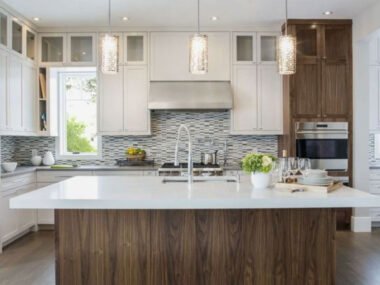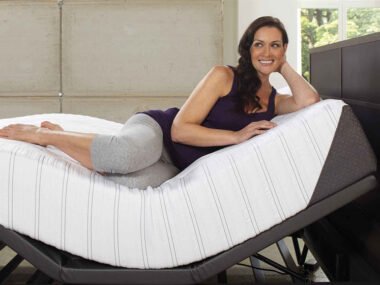You probably don’t remember every meal you’ve had. But you remember where you’ve had it.
The chipped ceramic bowl at your grandmother’s house. The kitchen table with mismatched chairs in your first apartment. The coffee ring on your dad’s desk, even though he never let you put your mug there. These details stick. Not because they were perfect, but because they were real. Because they meant something.
And that’s what wood does better than almost any other material: it holds memory.
Wood Isn’t Just a Material. It’s a Medium.
We live in a world of shortcuts. Flat-packed furniture. Peel-and-stick everything. Disposable decor that looks good on Instagram but falls apart in real life.
Real wood pushes back against that. It doesn’t pretend to be something it’s not. It has texture, weight, and a kind of emotional intelligence that synthetic materials just can’t fake. A wooden table doesn’t just fill a room. It centers it.
The Beauty of Imperfection
Wood is never perfect. The knots, the grain, the slight variations in color. That’s the point. It shows where it came from. It tells a story before you’ve even added your own.
When you run your fingers along the edge of a solid oak table, you’re feeling something alive. Not manufactured. Not temporary. That kind of energy doesn’t just make a space look good. It makes it feel right.
It’s Not Just About Aesthetics. It’s About Intention.
Design isn’t only about beauty. It’s about choices. And the choice to bring wood into your space is more than a visual one. It’s a value choice.
It says: I want something that lasts. I want something that gets better with age. I want something that feels like it was made for a reason.
Where Stories Happen
The best furniture isn’t just functional. It’s narrative. A wooden coffee table becomes the place where a hundred half-finished conversations live.
A carved bench becomes the unofficial shoe-tying station before school. A dining table becomes the backdrop to holidays, late-night snacks, messy breakups, quiet reconciliations.
If you’re looking for a place where those stories can unfold, start with something built for Sunday dinners and everything else that doesn’t fit in a calendar invite.
The Long Game
Wood asks you to slow down. It’s not fast fashion. It doesn’t come with overnight shipping or assembly instructions written in pictograms. But it rewards you in other ways.
It holds up. It holds space. It holds meaning.
And in a time where everything feels a little too temporary, that’s worth everything.
Carbon Storage You Can Sit On
Most people don’t realize it, but when you bring solid wood furniture into your home, you’re actually helping the planet. Wood is a natural carbon sink. When responsibly harvested and turned into long-lasting products, it stores the carbon it absorbed during the tree’s lifetime rather than releasing it back into the atmosphere.
According to the U.S. Forest Service, harvested wood products continue to sequester carbon long after the tree has been cut. This means that a well-made table or bookshelf isn’t just furniture, it’s part of a climate solution.
Investing in durable, high-quality wood pieces doesn’t just reduce waste. It helps lock carbon in place for generations.
When Craft Becomes Connection
There’s something grounding about knowing who made your furniture—or that someone did. Not a machine on a factory line, but hands who chose the grain, smoothed the edges, and took time to get it right. You don’t always see that effort in the final piece, but you can feel it.
Craft, at its core, is emotional. It invites presence and care. And there’s research to back that up. According to a UK survey, arts and crafts may offer greater life satisfaction than work itself, especially when people engage with materials that feel meaningful.
In a world chasing mass production, owning something made with intention connects you to the maker, the material, and something deeper: your own sense of presence.
Final Thought: Choose Things That Remember You Back
The world doesn’t need more stuff. It needs more soul. And the pieces that will matter most in your home won’t be the trendiest or the most expensive. They’ll be the ones that hold fingerprints, laughter, silence, and everything in between.
Because the best things aren’t just designed. They’re lived in.










